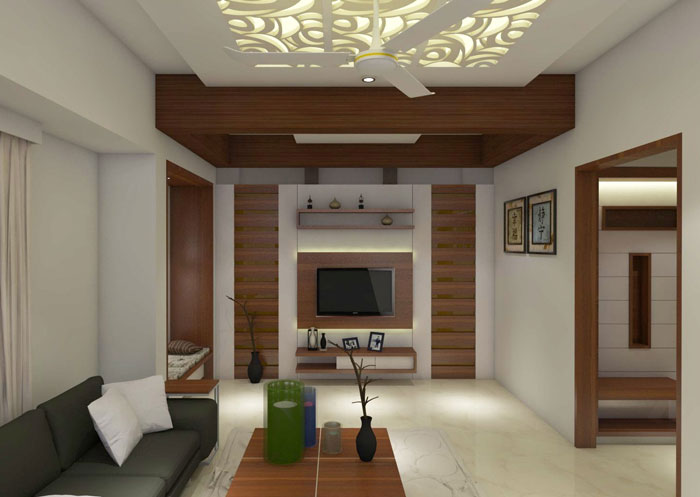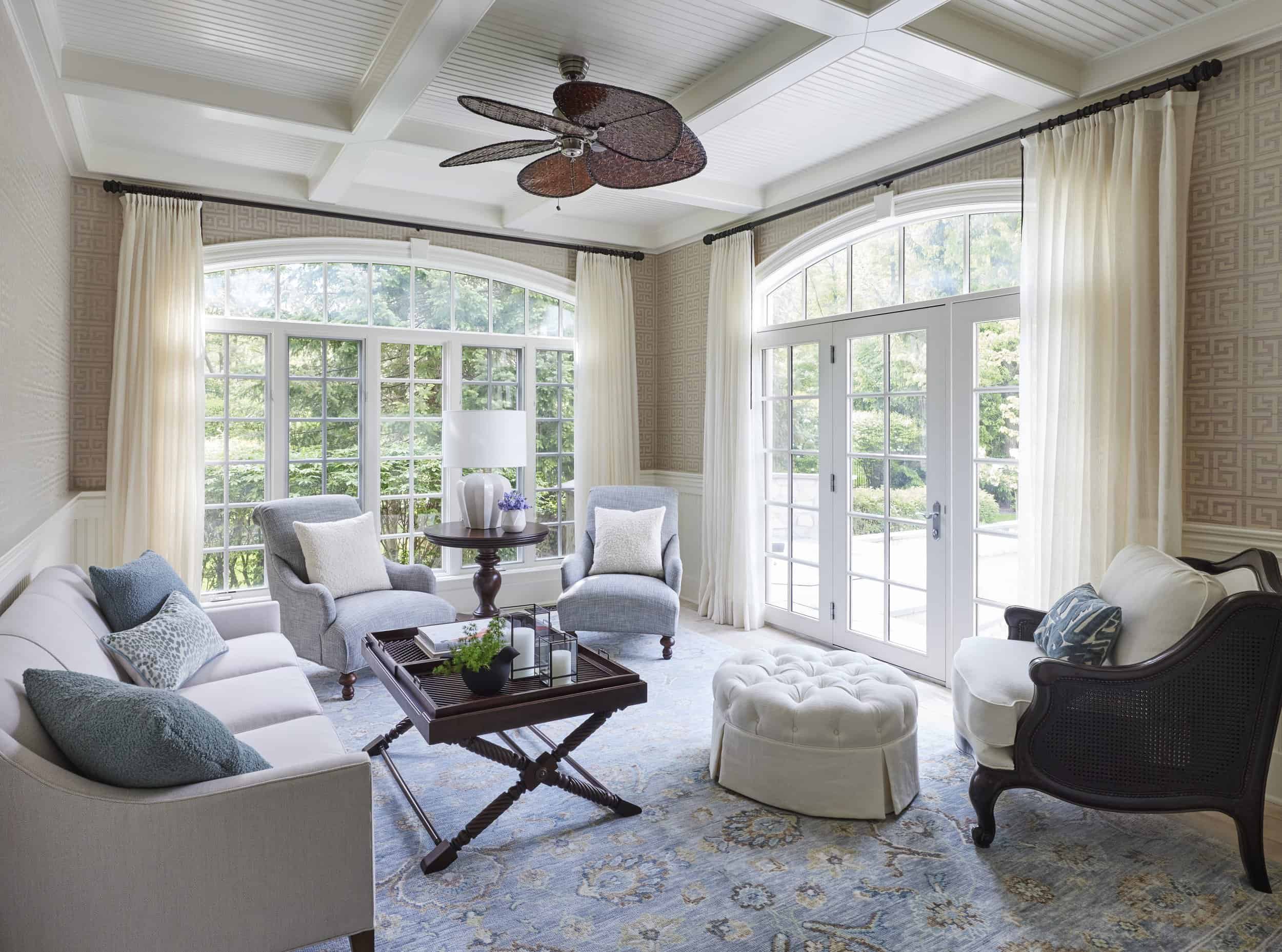Expert Countryside Homes Interior Design for a Peaceful Escape
Wiki Article
The Art of Balance: Just How Interior Design and Home Engineer Collaborate for Stunning Results
In the world of home layout, striking a balance in between aesthetic appeals and functionality is no little feat. This fragile equilibrium is accomplished through the unified collaboration in between indoor designers and engineers, each bringing their distinct expertise to the table. The result? Rooms that are not only aesthetically stunning however additionally incredibly comfortable. Nevertheless, this perfect blend is not constantly easy to achieve. Remain with us as we discover the complexities of this collective procedure and its transformative influence on home style.Comprehending the Core Differences Between Interior Decoration and Home Style
While both Interior Design and home architecture play important functions in producing visually pleasing and practical areas, they are naturally various self-controls. Home design mostly concentrates on the architectural elements of the home, such as developing codes, safety and security laws, and the physical building and construction of the room. It takes care of the 'bones' of the structure, collaborating with spatial dimensions, load-bearing wall surfaces, and roof covering styles. On the other hand, Interior Design is extra worried with enhancing the aesthetic and sensory experience within that structure. It includes selecting and arranging furnishings, choosing shade systems, and including attractive aspects. While they operate in tandem, their roles, duties, and locations of expertise deviate significantly in the production of an unified home setting.The Harmony Between Home Architecture and Interior Design
The harmony between home architecture and Interior Design depends on a shared vision of style and the enhancement of useful aesthetic appeals. When these two fields straighten sympathetically, they can transform a home from average to amazing. This collaboration calls for a deeper understanding of each discipline's principles and the ability to develop a cohesive, cosmetically pleasing setting.Unifying Style Vision
Merging the vision for home style and Interior Design can produce a harmonious space that is both useful and visually pleasing. The balance starts with an incorporated frame of mind; designers and indoor designers team up, each bringing their competence. This unison of ideas develops the layout vision, a blueprint that overviews the project. This common vision is vital for consistency throughout the home, making certain a liquid change from exterior architecture to interior spaces. It advertises a synergistic strategy where architectural aspects enhance Interior Design parts and vice versa. The outcome is a natural space that mirrors the house owner's individuality, taste, and lifestyle. Hence, unifying the design vision is critical in mixing design and Interior Design for stunning results.Enhancing Useful Aesthetic Appeals
Just how does the harmony between home architecture and Interior Design enhance functional looks? This harmony allows the creation of rooms that are not only aesthetically appealing however also conveniently useful. Architects lay the groundwork with their architectural layout, ensuring that the area is reliable and practical. The interior developer after that complements this with meticulously picked elements that enhance the aesthetic appeals without jeopardizing the functionality. This unified collaboration can lead to homes that are both beautiful and livable. As an example, an engineer may develop a residence with high ceilings and huge home windows. The indoor designer can after that accentuate these functions with sheer drapes and high plants, respectively, hence enhancing the aesthetic allure while maintaining the practical advantages of all-natural light and spaciousness.Value of Cooperation in Creating Balanced Spaces
The cooperation in between indoor developers and engineers is pivotal in developing well balanced rooms. It brings consistency between design and architecture, bring to life rooms that are not just cosmetically pleasing however likewise practical. Exploring successful joint approaches can provide insights into how this harmony can be properly attained.Balancing Design and Architecture
Equilibrium, an essential facet of both Interior Design and design, can only absolutely be accomplished when these two areas operate in consistency. This consistency is not simply an aesthetic factor to consider; it impacts the functionality, resilience, and inevitably, the livability of an area. Interior designers and designers have to comprehend each other's duties, appreciate their knowledge, and communicate efficiently. They must take into consideration the interplay of architectural elements with style, the flow of rooms, and the effect of light and shade. This joint process causes a cohesive, well balanced design where every component contributes and has a function to the general visual. Harmonizing style and style is not simply about producing gorgeous areas, yet about crafting areas that function seamlessly for their residents.Successful Collaborative Approaches

Situation Studies: Effective Assimilation of Layout and Architecture
Examining several case studies, it emerges how the effective assimilation of Interior Design and style can change a room. The Glass Residence in Connecticut, renowned for its minimalistic sophistication, is one such example. Designer Philip Johnson and interior developer Mies van der Rohe teamed up to produce a harmonious equilibrium between the structure and the inside, leading to a seamless flow from the outside landscape to the internal living quarters. One more exemplar is the Fallingwater House in Pennsylvania. Engineer Frank Lloyd Wright and indoor designer Edgar Kaufmann Jr.'s collaborative initiatives cause a strikingly unique residence that blends with its natural environments. These situation research studies underline the extensive effect of a successful layout and design collaboration.
Conquering Difficulties in Style and Architecture Partnership
Regardless of the indisputable advantages of a successful partnership in between interior layout and architecture, it is not without its difficulties. Architects may focus on structural stability and safety and security, while designers focus on convenience and design. Efficient interaction, mutual understanding, and compromise are critical to overcome these difficulties and attain a harmonious and successful collaboration.
Future Patterns: The Evolving Partnership Between Home Architects and Inside Designers
As the globe of home design continues to advance, so does the relationship between engineers and interior designers. On the other hand, indoor designers are accepting technological aspects, affecting overall design and capability. The future assures a more cohesive, ingenious, and flexible approach to home design, as developers and architects continue to blur the lines, promoting a partnership that absolutely embodies the art of balance.Final thought
The art of here equilibrium in home layout is attained via the unified collaboration between interior designers and architects. An understanding of each various other's disciplines, effective communication, and shared vision are vital in developing aesthetically stunning, functional, and welcoming spaces. Despite challenges, this partnership cultivates development and technology in layout. As the connection between home architects and interior designers evolves, it will proceed to form future fads, improving comfort, effectiveness, and personal expression in our home.While both interior design and home architecture play important roles in creating visually pleasing and practical spaces, they are naturally different disciplines.The harmony between home architecture and indoor style lies in a common vision of style and the enhancement of useful appearances.Merging the vision for home design and indoor style can create an unified living area that is both functional and visually pleasing. Thus, unifying the layout vision is important in blending architecture and indoor style for stunning outcomes.
How does the harmony between home design and interior style enhance practical aesthetics? (Winchester architect)
Report this wiki page